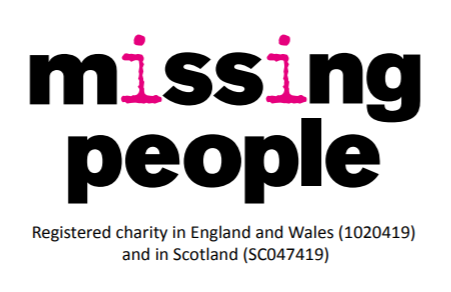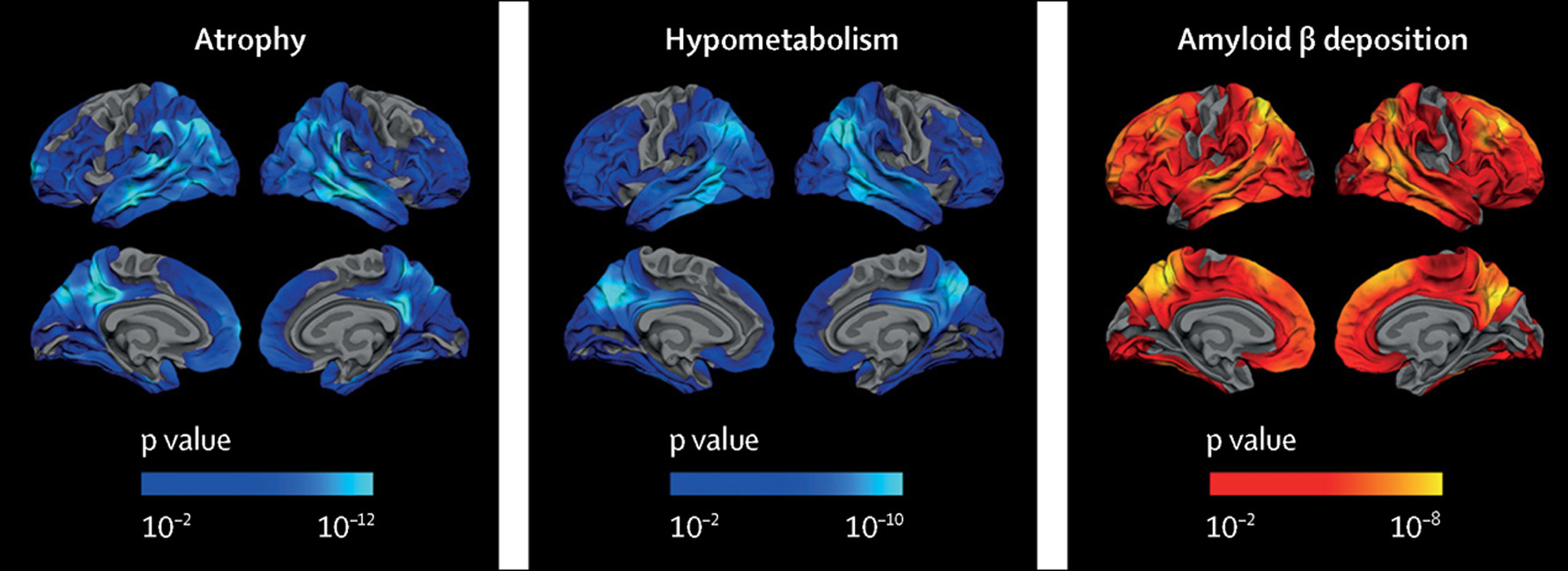The hospitality industry struggles with problems with staff motivation, commitment and retention, whilst also having an entrenched glass ceiling that limits career opportunities for many women. Mentoring is a useful function to support and develop staff, and may be particularly important for helping women overcome gendered barriers to progression. This paper reports on a year-long qualitative study of a women's mentoring programme in the hospitality industry in the UK.
This book chapter advances SDG 3 and 10 by introducing the concept of cultural psychiatry and it's focus on cultural competence training, to address mental health disparities and related injustices, providing the tools professionals need in the field.
This book chapter advances SDG 3 and 10 by highlighting themes related to child and adolescent mental health (CAMH) care in East Asia, Southeast Asia, and Pacific Islands world regions. This chapter provides a narrative review of prevalence studies conducted in the regions targeted in this chapter, emphasize the magnitude of the CAMH workforce challenges, describe the importance of considering and addressing the acculturative and socioeconomic challenges that lead to CAMH disparities, and provide solutions and recommendations for the future.
Contributing to SDGs 8 and 10, this podcast explores the impact of the Black Lives Matter movement and discusses concepts such as: white privilege and white fragility; how to be an effective ally; how organisations translate powerful conversations into meaningful action; and practical steps that organisations can take in the context of both recruitment and capability.
The SDG Impact of COVID-19 podcast series gathers expert opinion exploring the impact of COVID-19 on the Sustainable Development Goals. In this segment, we get the view of Jo Youle, CEO of Missing People.
The SDG Impact of COVID-19 podcast series gathers expert opinion exploring the impact of COVID-19 on the Sustainable Development Goals. In this segment, we get the view of Sandra Kerr, Director of Race Equality at Business in the Community.
This book chapter advances SDG 3 and 10 by providing information on various culturally sensitive methods to assess and treat mental health conditions onset by factors contributing to the immigration process for adolescents, adults, and older adults.
Findings from multiple studies link acculturation processes to the psychological and behavioral health of Latino immigrant population in the United States. A critical factor impacting this relation is the context of reception where immigrants settle. Several studies of acculturation have been conducted in traditional receiving contexts, and less attention has been paid to Latino immigrants in emerging contexts. In this chapter, we have discussed how traditional and emerging contexts of reception can confer very different experiences to Latino immigrants, and their significant implications for Latino immigrant health. Further, given the recent influx of crisis migrants from Central America, we have discussed receiving contexts for these newest Latino immigrants to the United States and demonstrated how such contexts might impact their psychological and behavioral health. We concluded with a discussion of implications for the development of policy, as well as culturally specific prevention and intervention programs for Latino immigrants.
An article on the natural history of Alzheimer's disease in adults with Down syndrome, in the context of SDGs 3 and 10, focusing specifically on the order and timing of biomarker changes in this population.
Elsevier,
Community Mental Health Engagement with Racially Diverse Populations, May 2020, Pages 49-82
This book chapter advances SDG 3 and 10 by outlining a community-based participatory research (CBPR) project where academic researchers and community organization leaders identify mental health and parenting needs through a needs assessment and panel discussion



